Dredging in flour is a great way to help encourage browning and caramelization in your food. While this method is most commonly used for meats, it can also be used for vegetables.
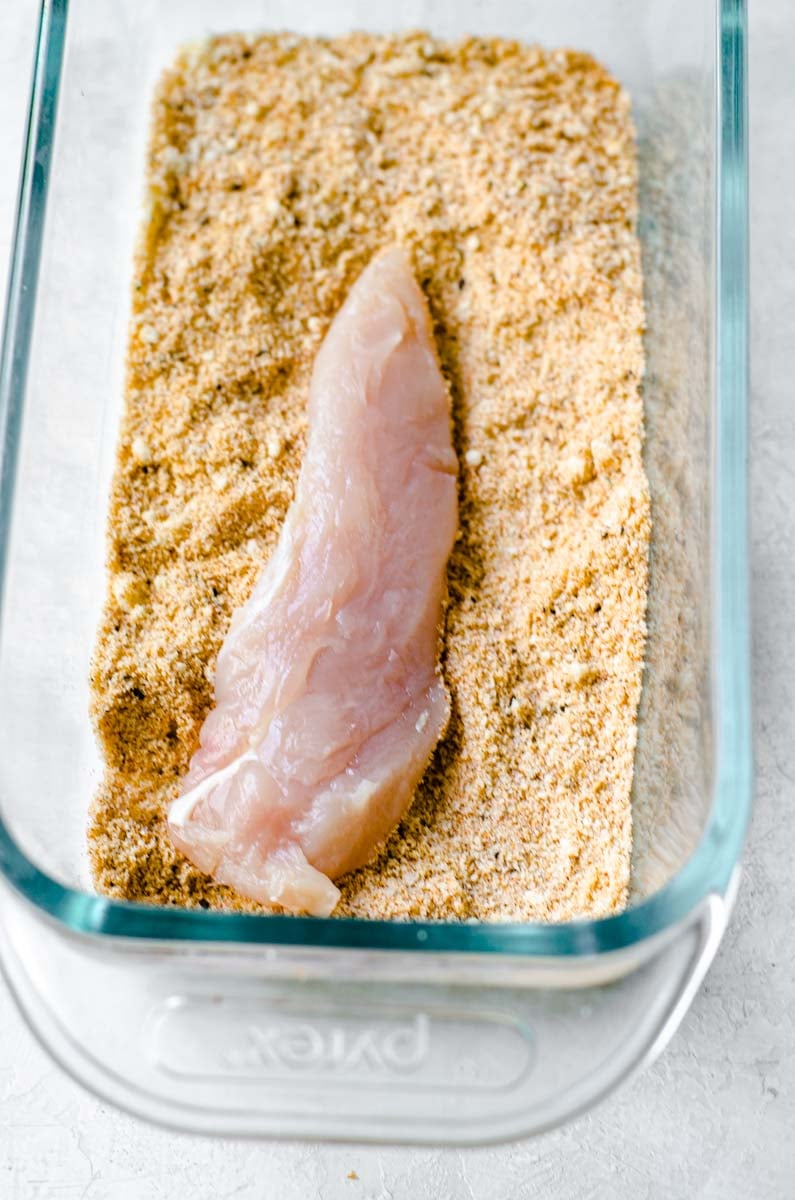
When we hear the word dredging used, we more often think of ponds and lakes before food. However, dredging is a common kitchen practice you may not know you're already using.
What Is Dredging?
Dredging is done by lightly coating food in a combination of flour and other dry ingredients. This thin, even coating of flour to prevents the food from sticking to the pan and also promotes browning. It also serves as a buffer between the heat and chicken so that it doesn't dry out. Thus preventing the food from becoming tough.
This simple step is often used on its own for sautéing or pan frying, but sometimes for deep frying. Like calamari. It gives a light golden color without a heavy battered coating. Correctly dredging what you deep fry can help prevent excess grease as well.
If you want a thicker, crisper coating, you can take your dredging a step further by turning it into breading. This is the difference of having a lightly golden brown chicken versus deep brown and crispy fried chicken.
Is It Different From Breading?
In traditional cuisine, breading and dredging are two different things. Even though both require you to first dredge the food with flour. Throughout the years and generations, these two methods have become conflated and seems to vary more by location.
The important thing to know is that they are indeed different. If any liquid or beaten egg touches the food before cooking then it is battered. Even if your grandma swears that her chicken recipes are only dredged. 🙂
How To Dredge Chicken In Flour
The often-missed step in basic dredging is patting the food dry. When meat is taken out of packaging it is naturally a little moist on the outside. Too much moisture makes the flour soggy which actually prevents browning; the opposite of what you want.
- Pat the meat dry with a paper towel.
- Fill a shallow dish with the flour and any seasonings you want, like garlic powder, salt, black pepper, etc…
- Lightly press the chicken into seasoned flour to lightly coat it. Shake off the excess and transfer it to a baking sheet or a hot pan with oil.
There are gadgets you can get called "flour dredgers" that some people adore. It's a great way to shake on flour quickly, but it doesn't guarantee even coverage as well as a bowl. I prefer using a flour dredger for shaking flour onto a counter when kneading bread or rolling out cookies.
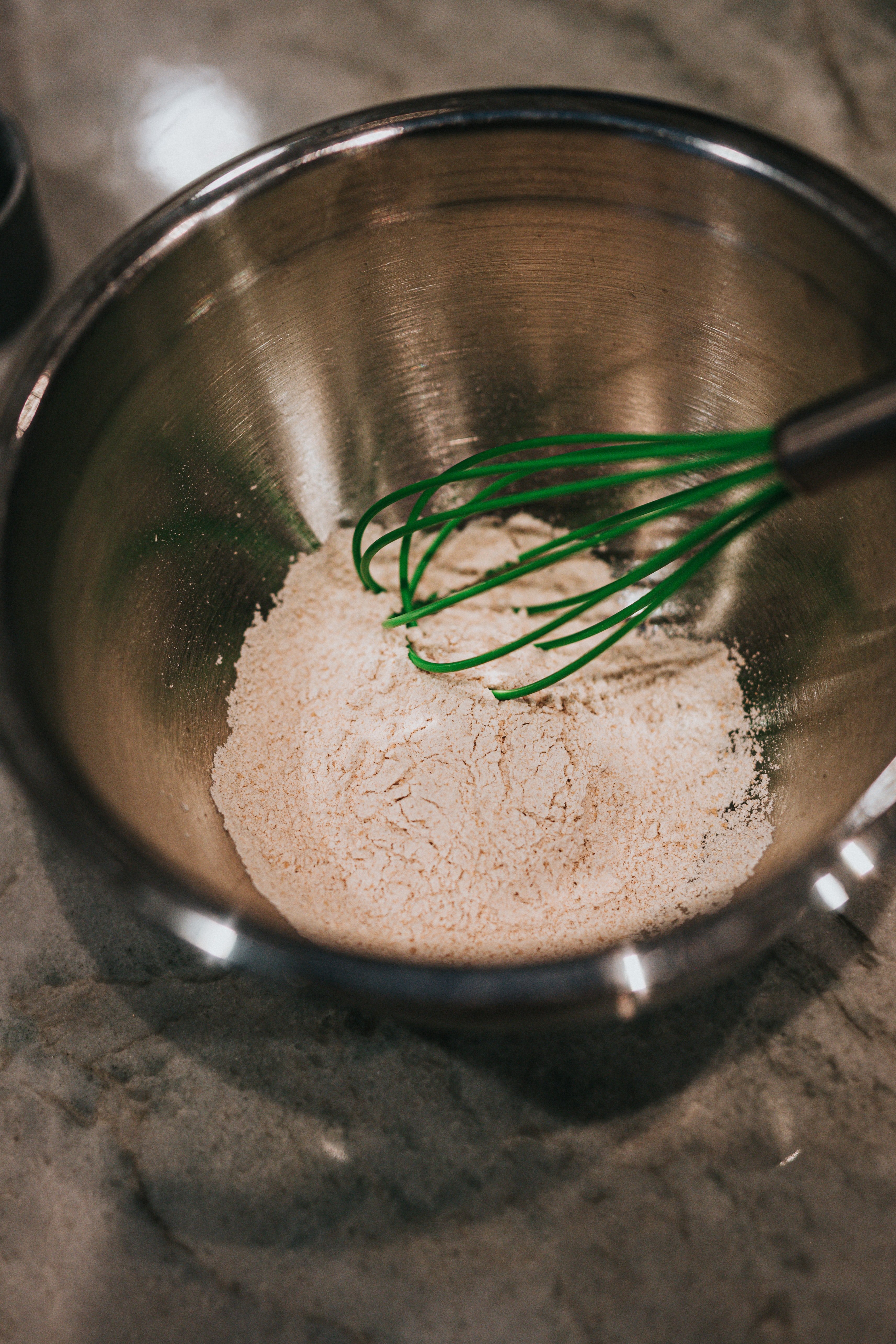
When To Add Seasoning
As well has enhancing flavor, salt pulls moisture out of what it is touching because it is a desiccant. As a result, if you apply the salt directly to your meat it will leech moisture out.
This isn't a big issue when you aren't dredging, but this layer between the flour and meat makes the flour soggy.
To prevent this, add the salt to the dredging flour. This coats the salt in the flour as well, giving it a layer of protection between it and the ingredient.
How Do You Dredge Without Flour?
Any finely ground powder that can create a protective barrier between the food and heat can be used for dredging. Some great alternatives are cornstarch, almond meal, coconut flour, or flaxseed meal can all work.
Recipes For Practice
Many of these use traditional dredging, while others use it as a beginning to breading.
Thanks so much for stopping by!
Happy Cooking! 🙂



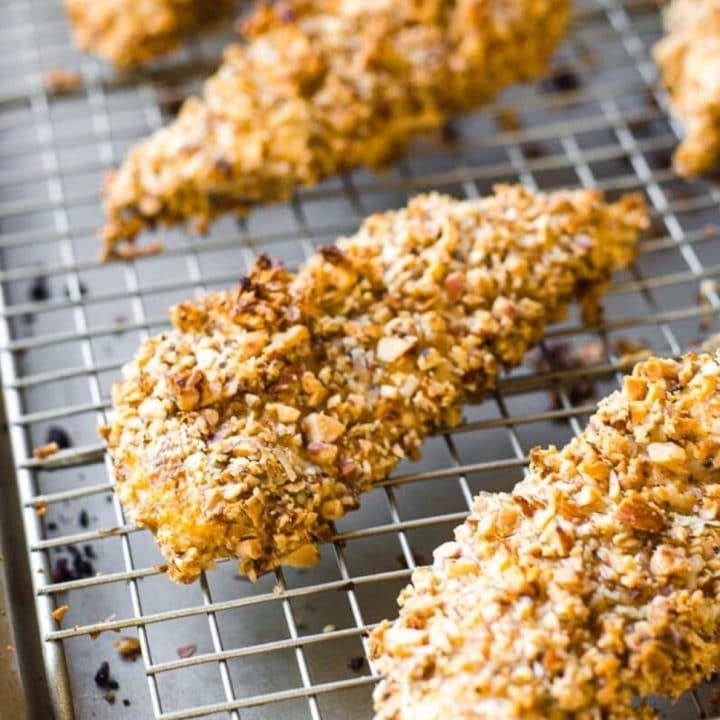
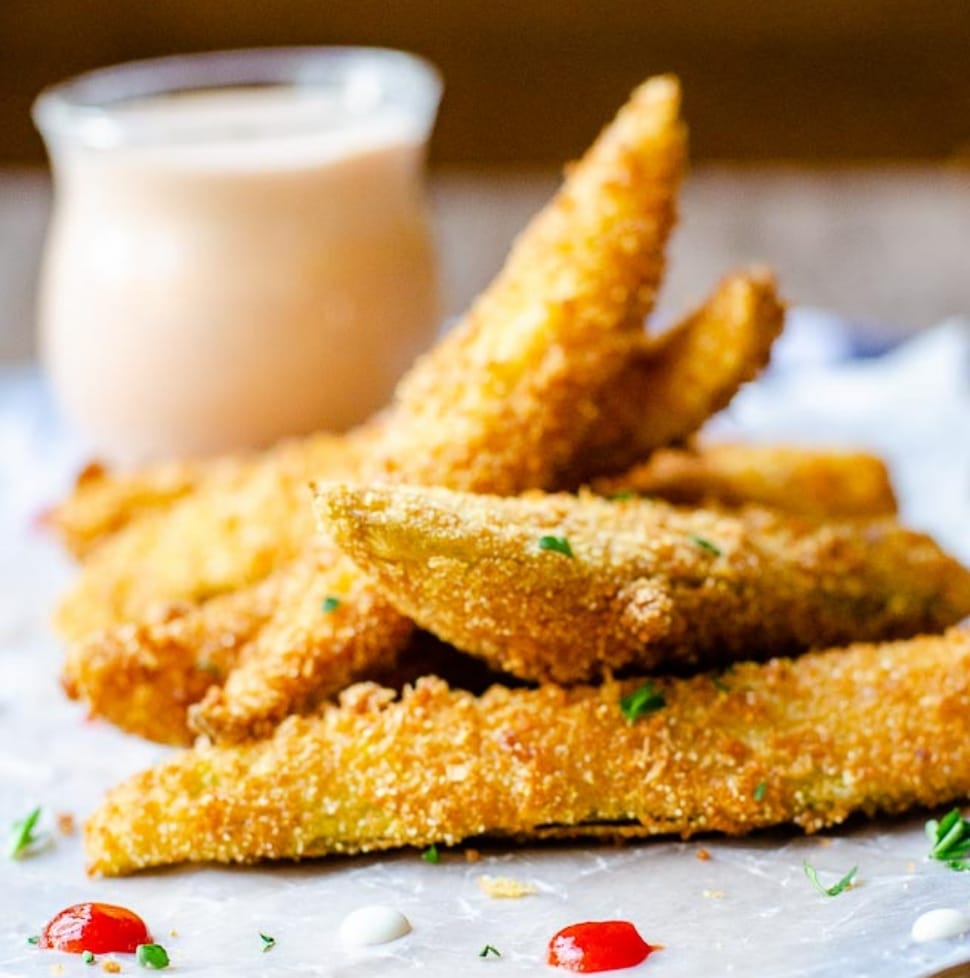
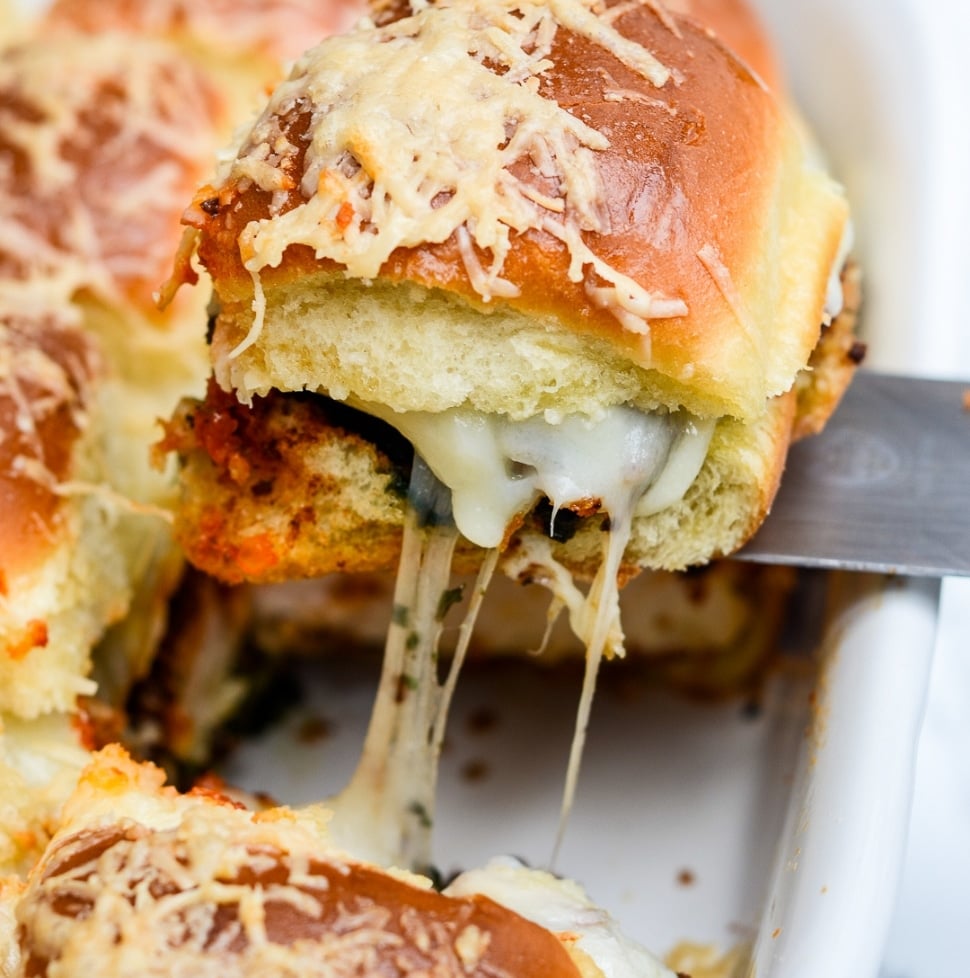
What are your thoughts?